Google recruitment drive signals big plans for self-driving car project
Company hiring for 36 roles across numerous fields
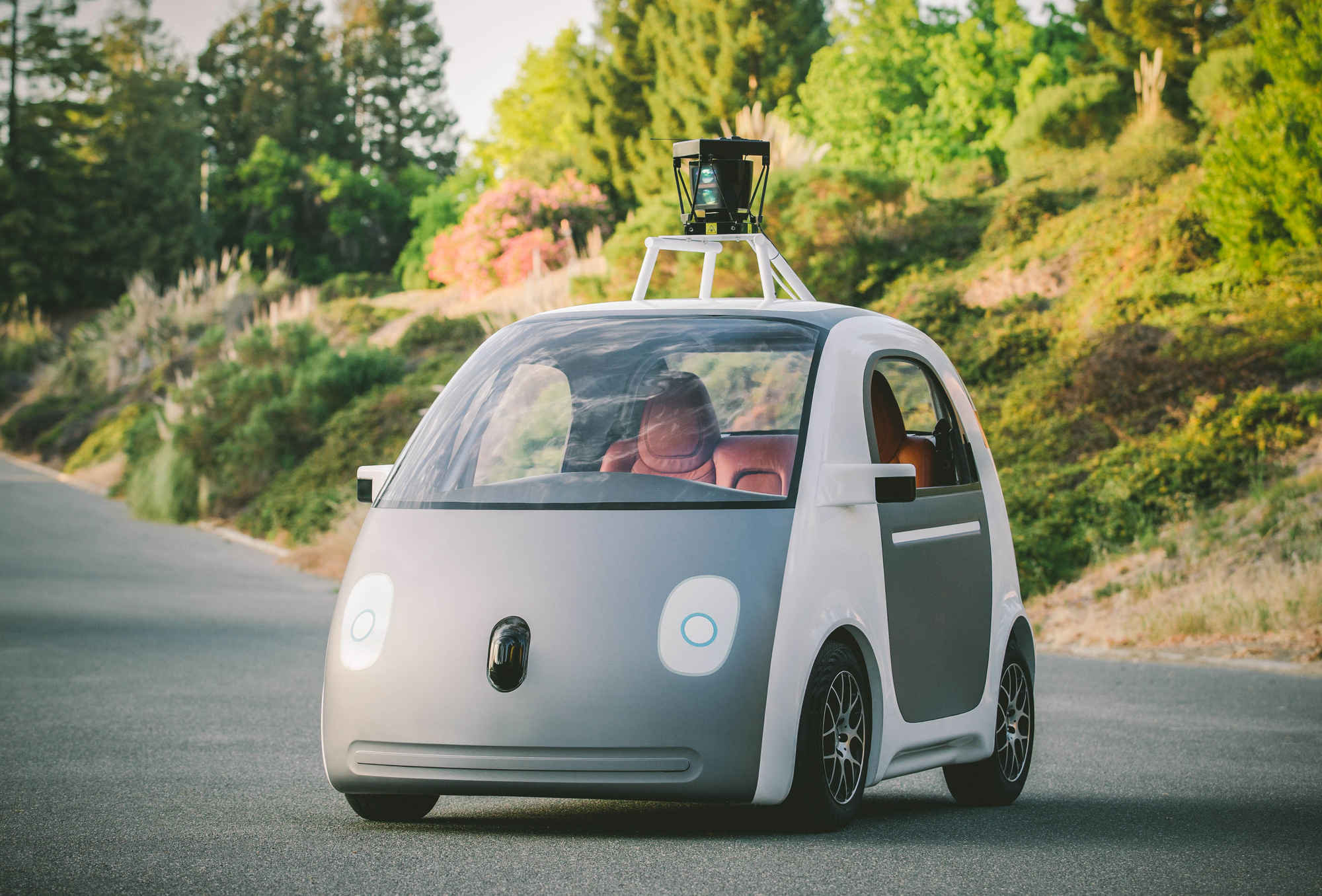

New job postings indicate that Google could be significantly stepping up production plans for its self-driving car project.
The tech conglomerate is advertising for 36 roles across various sectors, including vehicle subsystems, user interface and motion control.
Naturally, many roles are focused on the internal software that powers the vehicles' autonomous navigation, with one listing advising applicants that they "will be tasked with understanding and evaluating the self-driving platform as a 'system of systems'."
However, manufacturing jobs are also strongly represented. There are advertisements for a manufacturing process engineer, manufacturing supplier quality engineer and mechanical global supply chain manager, among others.
While Google has reaffirmed time and again that it will not be producing its own first-party vehicles, these postings indicate that it will be making some form of hardware.
It's possible that the company will provide plug-and-play 'computer brains' -- self-contained boxes that can be quickly and easily integrated into third-party vehicles.
It's currently unknown which automaker(s) Google plans to partner with for its first vehicles, but the CEO of Mercedes parent company Daimler recently met with both Apple and Google on a visit to California.
Get the ITPro daily newsletter
Sign up today and you will receive a free copy of our Future Focus 2025 report - the leading guidance on AI, cybersecurity and other IT challenges as per 700+ senior executives
10/02/2016: Google's autonomous cars could soon be considered drivers
The computers controlling Google's self-driving cars could be considered the "driver", according to US government's vehicle safety regulator.
The National Highway Traffic Safety Administration (NHTSA), a branch of the US government's Department of Transport, posted a letter to Google on its website this week that read: "NHTSA will interpret driver' in the context of Googles described motor vehicle design as referring to the (self-driving system), and not to any of the vehicle occupants."
Its decision was a reply to Google's argument in November last year that its autonomous vehicles have "no need for a human driver" because the vehicles are controlled by "an artificial-intelligence driver" that "controls all aspects of driving by perceiving its environment and responding to it".
In response to Google, NHTSA chief counsel Paul Hemmersbaugh said: "We agree with Google its (self-driving car) will not have a driver' in the traditional sense that vehicles have had drivers during the last more than one hundred years."
Supportive legislation has been the biggest stumbling block for technology firms and automobile manufacturers working on driverless cars.
If Google's autonomous piloting system is cleared by NHTSA, which governs US federal traffic law, it would open the gates for Google and other carmakers to begin submitting their self-driving cars for approval under the same provisions.
Ben Gardner, a lawyer at Pinsent Masons, said: "This is an interesting response from the NHTSA, which could have a significant impact on the legal position when it comes to liability. The more autonomous the car, the less liability is likely to rest with who we currently consider to be the driver.
"If the NHTSA is willing to interpret a self-driving system as the driver' then those sitting in it are unlikely, in the majority of cases, to be held liable for an accident and we could see liability shifting to the manufacturer in the first instance. However, of course, if driverless cars fulfil their promise of safer driving then that shift in liability could be seen as one manufacturers are willing to take on."
The NHTSA's response also detailed many of the legal barriers stopping self-driving cars, including a US law requirement for the inclusion of a steering wheel and brake pedals, as well as the need for cars to display visual breakdowns to the driver, which the NHTSA noted may still need to be displayed to vehicle occupants.
In its letter, the traffic body acknowledged that Google "expresses concern that providing human occupants of the vehicle with mechanisms to control things like steering, acceleration, braking... could be detrimental to safety because the human occupants could attempt to override the (self-driving system's) decisions."
NHTSA said: "If Google is able to provide sufficient additional information and evidence, it may be possible to resolve open issues through interpretations."
In order to get around this, federal laws would have to be formally written.
NHTSA added it may waive certain vehicle safety rules to allow more driverless cars to run on US roads as part of a wider initiative to bring self-driving vehicles into service across the nation.
In January, the US government unveiled a $4 billion plan to create nationwide regulations for self-driving cars. Transportation secretary Anthony Foxx said this would mean greater consistency between states.
04/02/2016: Google expands self-driving car tests to Washington
Google is expanding its self-driving car programme to Washington state, in order to test how the vehicles cope with rain and hills.
The company announced on Wednesday that it would begin testing one of its modified Lexus SUVs in Kirkland, near Seattle, with some of the company's smaller first-party vehicles potentially to follow.
Trials are already underway in Mountain View, California and Austin, Texas. In contrast to these predominantly dry, flat areas, however, Washington state is known for regular rainfall and varied terrain.
These conditions are important for testing autonomous vehicles in particular, as rain can impair the car's onboard sensors, limiting their range and efficacy.
Hills also introduce a potential problem, as the sensors' fixed mountings mean they are less effective when climbing or descending particularly steep inclines.
In addition to more rigorous testing conditions, Washington also provides a more favourable political environment for Google's project.
The state lacks California's restrictions on autonomous vehicles and requires no special permits or data collection. It is also considering giving the company a designated testing ground inside an 85,000-acre US military base.
This centre would be exempt from all driving laws, and would even allow the company to operate the vehicles without a human driver on board.
State governor Jay Inslee voiced his approval for the programme, saying: "We're looking forward to seeing the cars on the road and understanding more about how self-driving cars might someday improve safety and provide traffic relief".
Kirkland is the first east coast city that Google has expanded its testing operation to, but it may not be the last. FCC filings indicate that the company has been permitted to use the vehicles sensors in three other US cities.
A recent job advertisement for a product manager in Google's autonomous vehicle division in Ann Arbor, Michigan, implies that this is city likely to be one of them.
Ann Arbor is also where the first major run of Google's first-party prototypes will be manufactured.
Adam Shepherd has been a technology journalist since 2015, covering everything from cloud storage and security, to smartphones and servers. Over the course of his career, he’s seen the spread of 5G, the growing ubiquity of wireless devices, and the start of the connected revolution. He’s also been to more trade shows and technology conferences than he cares to count.
Adam is an avid follower of the latest hardware innovations, and he is never happier than when tinkering with complex network configurations, or exploring a new Linux distro. He was also previously a co-host on the ITPro Podcast, where he was often found ranting about his love of strange gadgets, his disdain for Windows Mobile, and everything in between.
You can find Adam tweeting about enterprise technology (or more often bad jokes) @AdamShepherUK.
-
 Should AI PCs be part of your next hardware refresh?
Should AI PCs be part of your next hardware refresh?AI PCs are fast becoming a business staple and a surefire way to future-proof your business
By Bobby Hellard
-
 Westcon-Comstor and Vectra AI launch brace of new channel initiatives
Westcon-Comstor and Vectra AI launch brace of new channel initiativesNews Westcon-Comstor and Vectra AI have announced the launch of two new channel growth initiatives focused on the managed security service provider (MSSP) space and AWS Marketplace.
By Daniel Todd
-
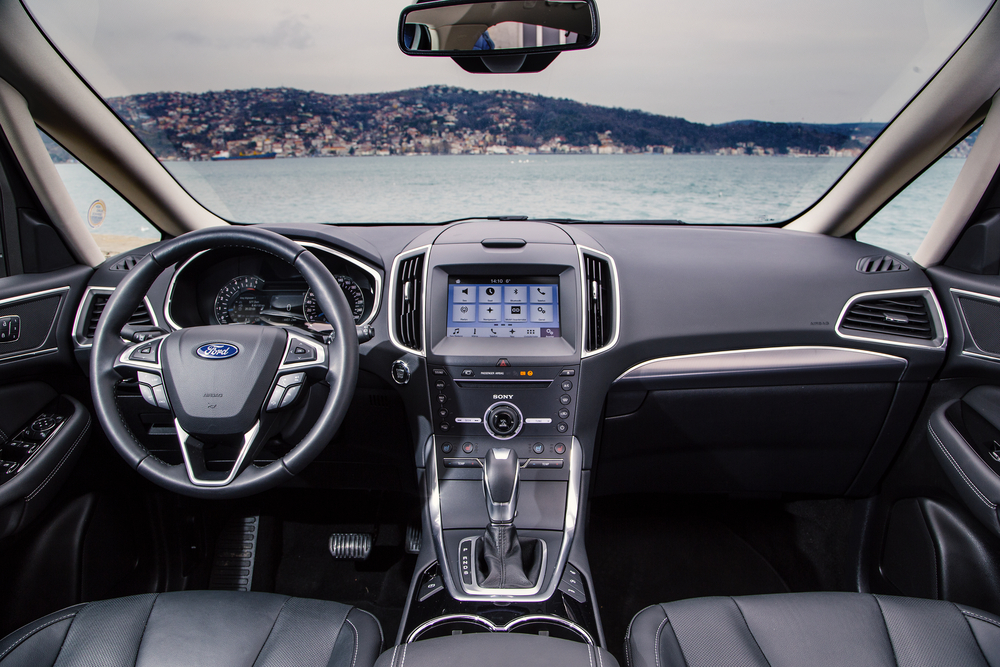 Driverless Cars: Uber car involved in fatal crash had software flaws
Driverless Cars: Uber car involved in fatal crash had software flawsNews However, US investigators still haven't determined the probable cause for the accident
By Bobby Hellard
-
 McLaren denies rumours of Apple buyout
McLaren denies rumours of Apple buyoutNews The supercar manufacturer has rubbished claims that it is in talks with Apple over a potential investment
By Nicole Kobie
-
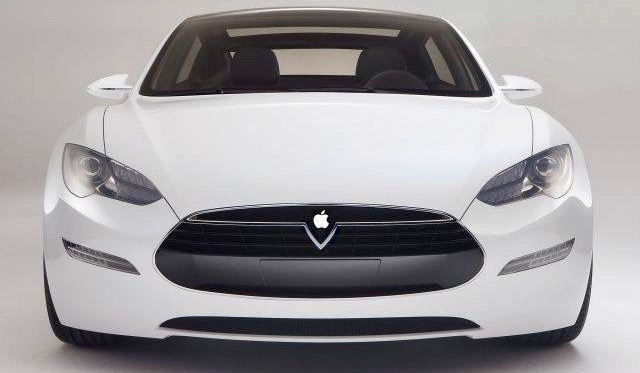 Daimler held "concrete talks" with Apple and Google
Daimler held "concrete talks" with Apple and GoogleNews CEO said the companies" know more than we had previously assumed" about driverless cars
By Jane McCallion
-
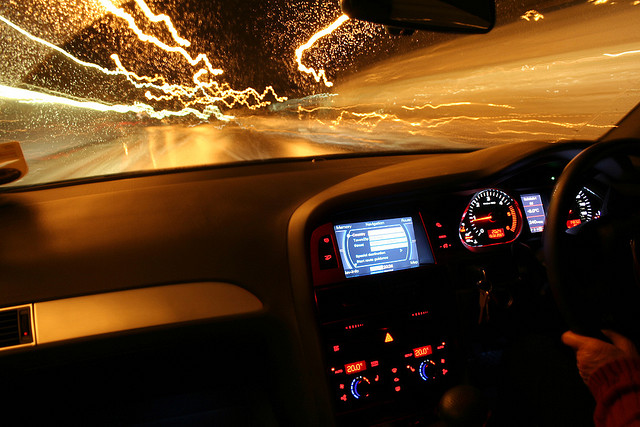 Uber ‘bids $3bn for Nokia mapping service’
Uber ‘bids $3bn for Nokia mapping service’News Forrester says taxi-hailing app would own customers' mobile data
By Joe Curtis
-
 Apple reportedly wants to build self-driving car
Apple reportedly wants to build self-driving carNews The company has turned to car manufacturers and parts suppliers to see how a driverless car could work
By Clare Hopping
-
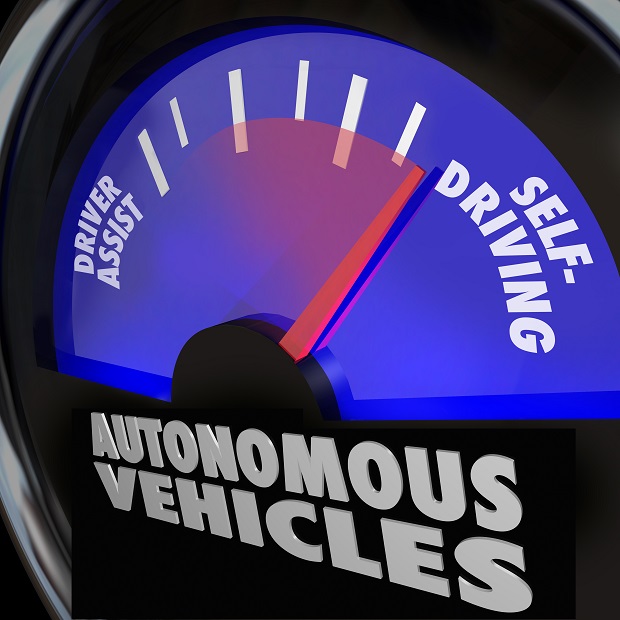 Driverless cars cause safety concerns for UK MPs
Driverless cars cause safety concerns for UK MPsNews Institute of the Motor Industry says half of MPs are against further research into autonomous vehicles
By Clare Hopping
-
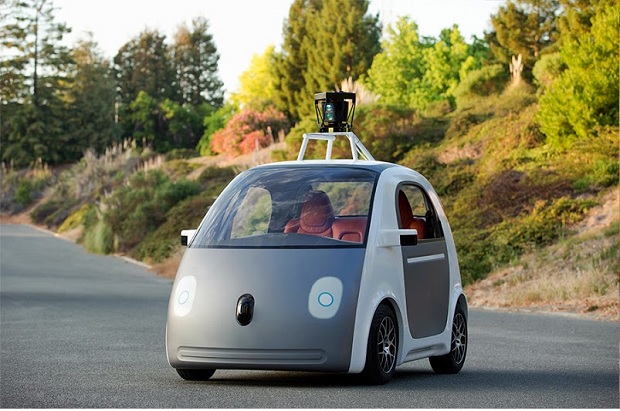 Driverless cars to hit public UK roads by 2015
Driverless cars to hit public UK roads by 2015News Driverless cars will be permitted on UK public roads by 2015, the Department for Transport has announced
By Caroline Preece
-
 FBI warns driverless cars could be used as "lethal weapons"
FBI warns driverless cars could be used as "lethal weapons"News US crime-fighting agency flags driverless car safety concerns
By Caroline Donnelly